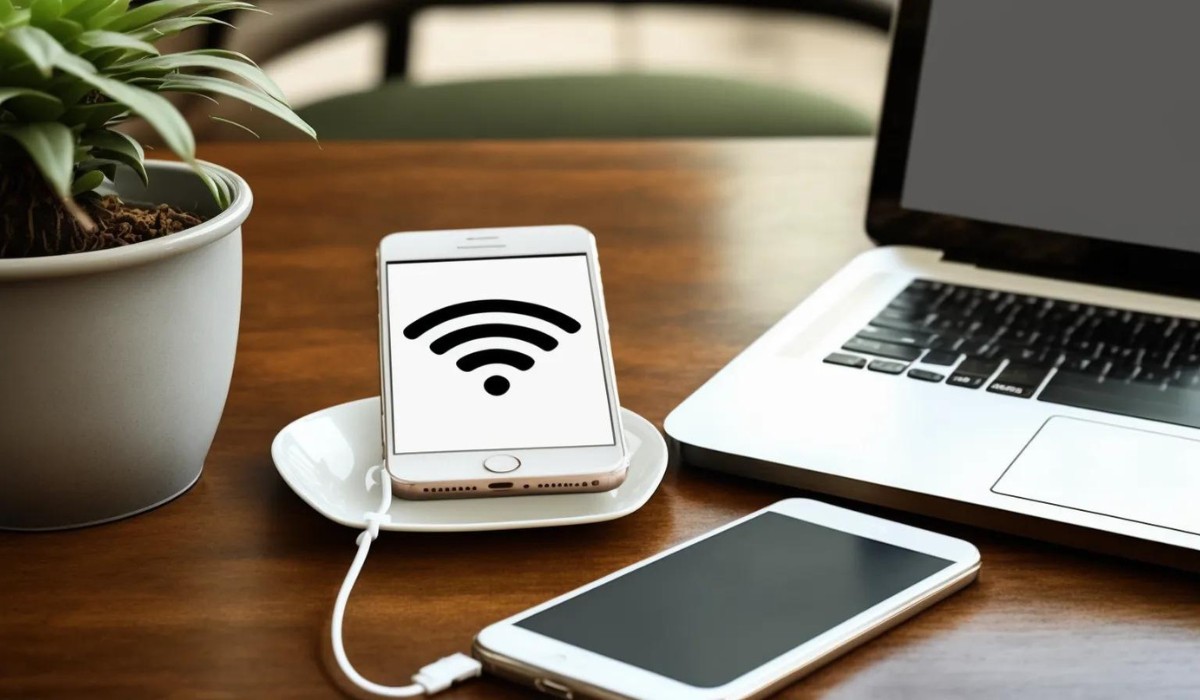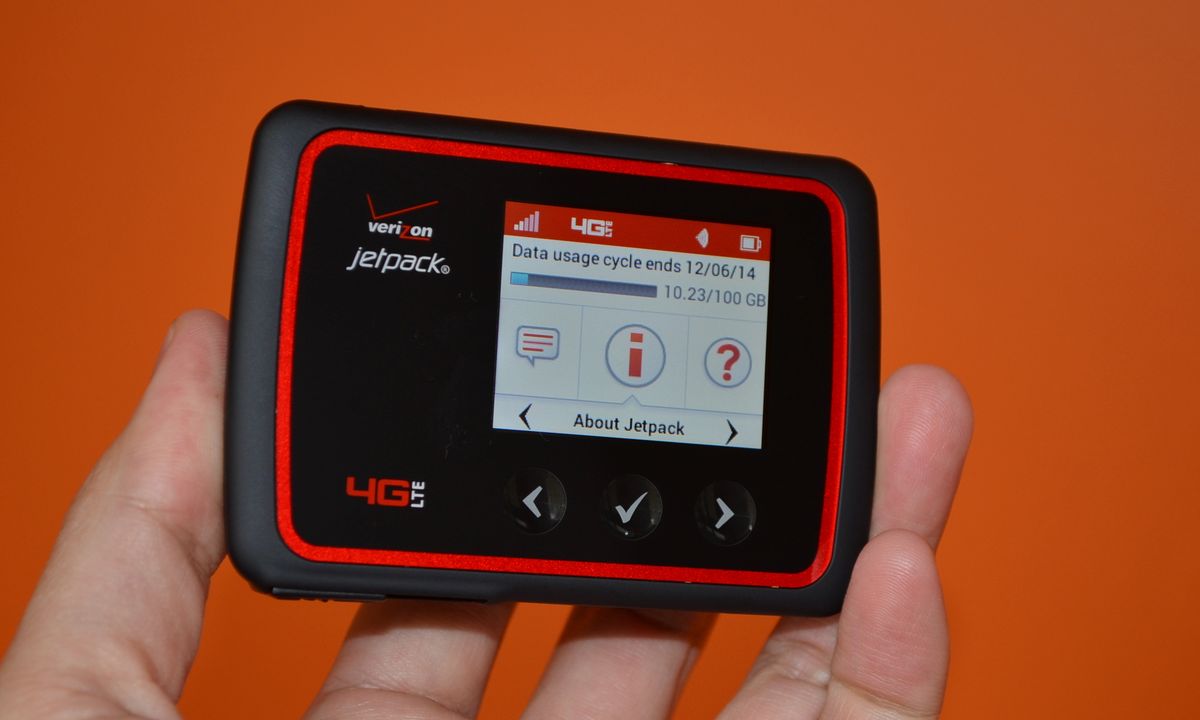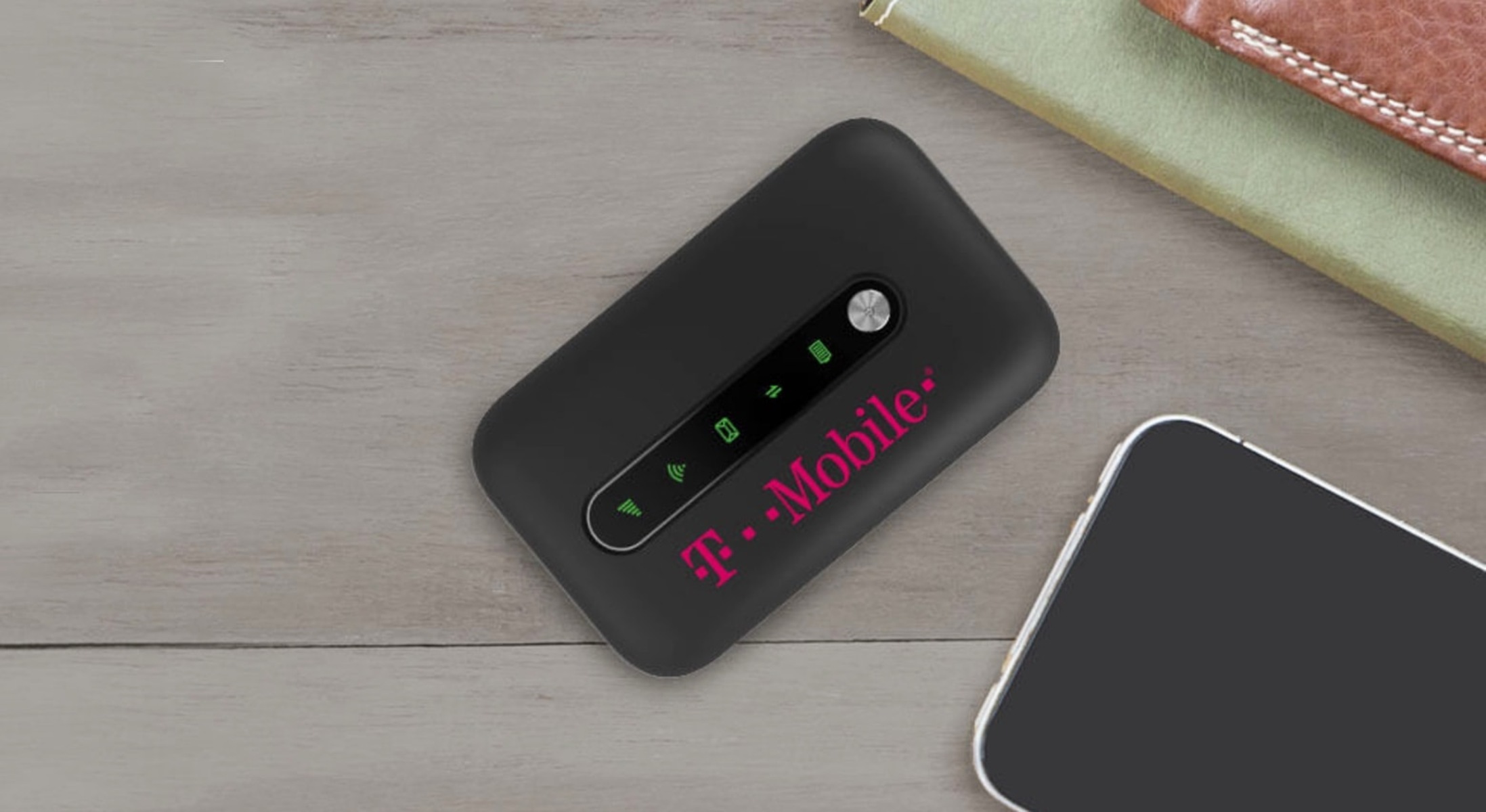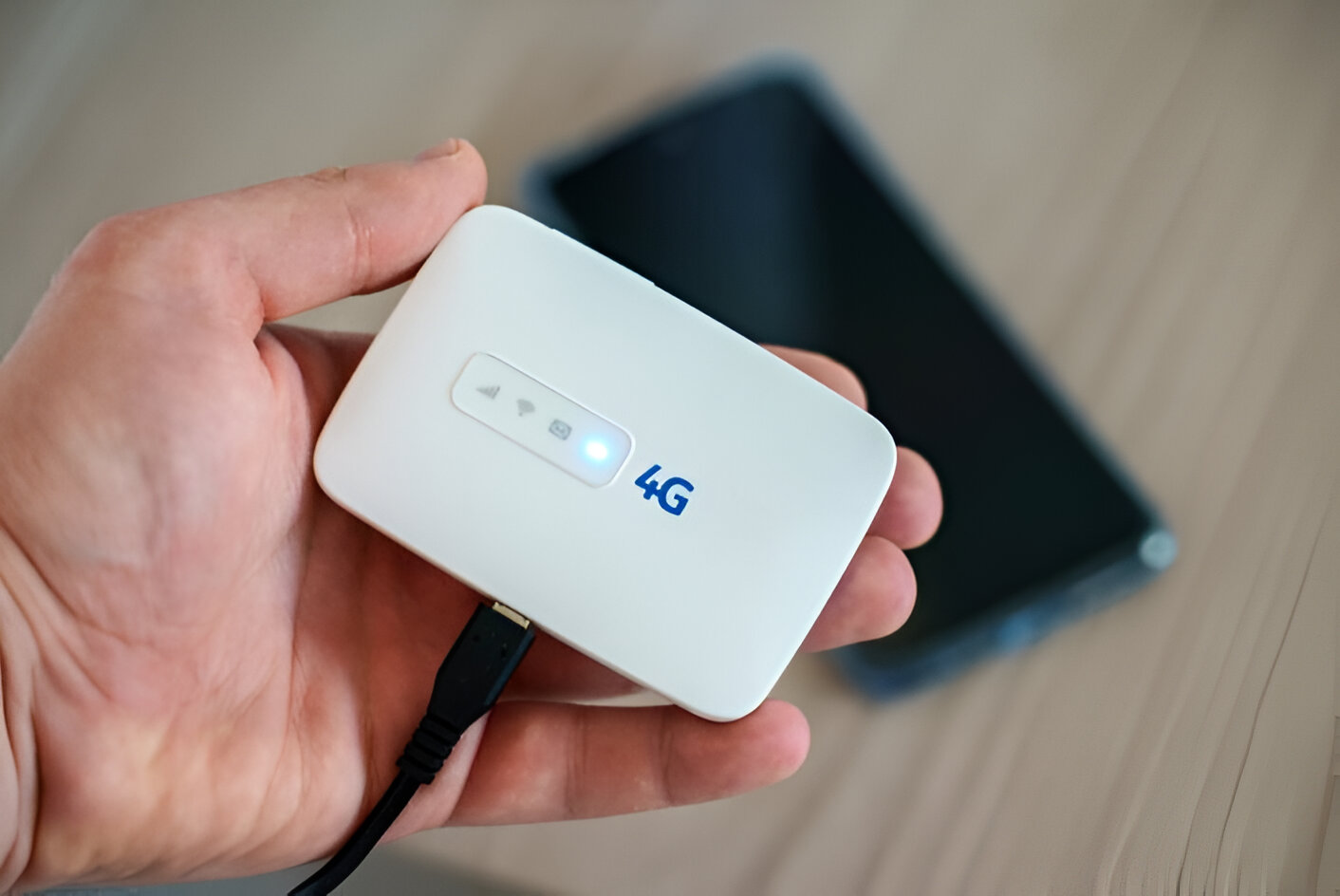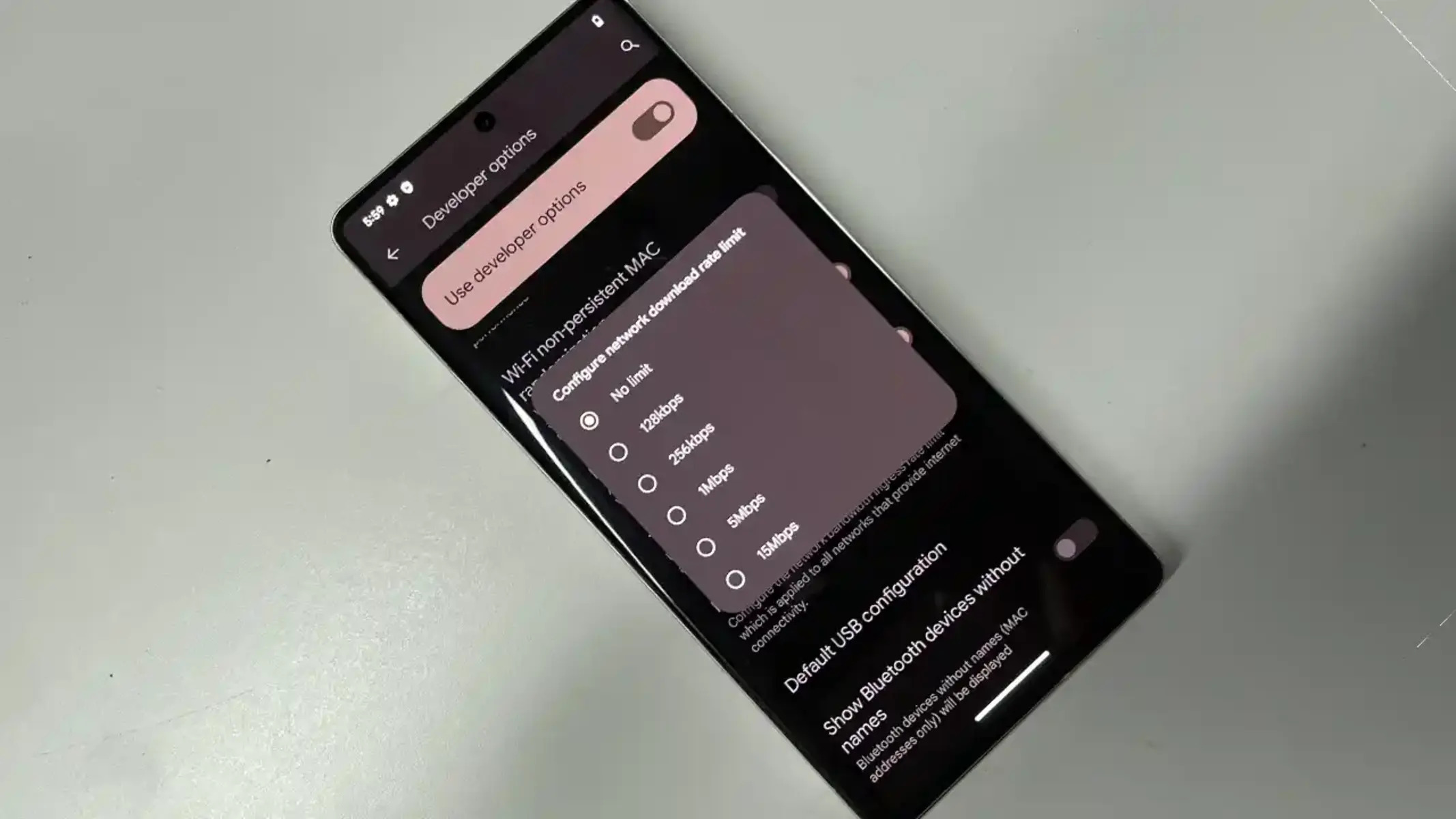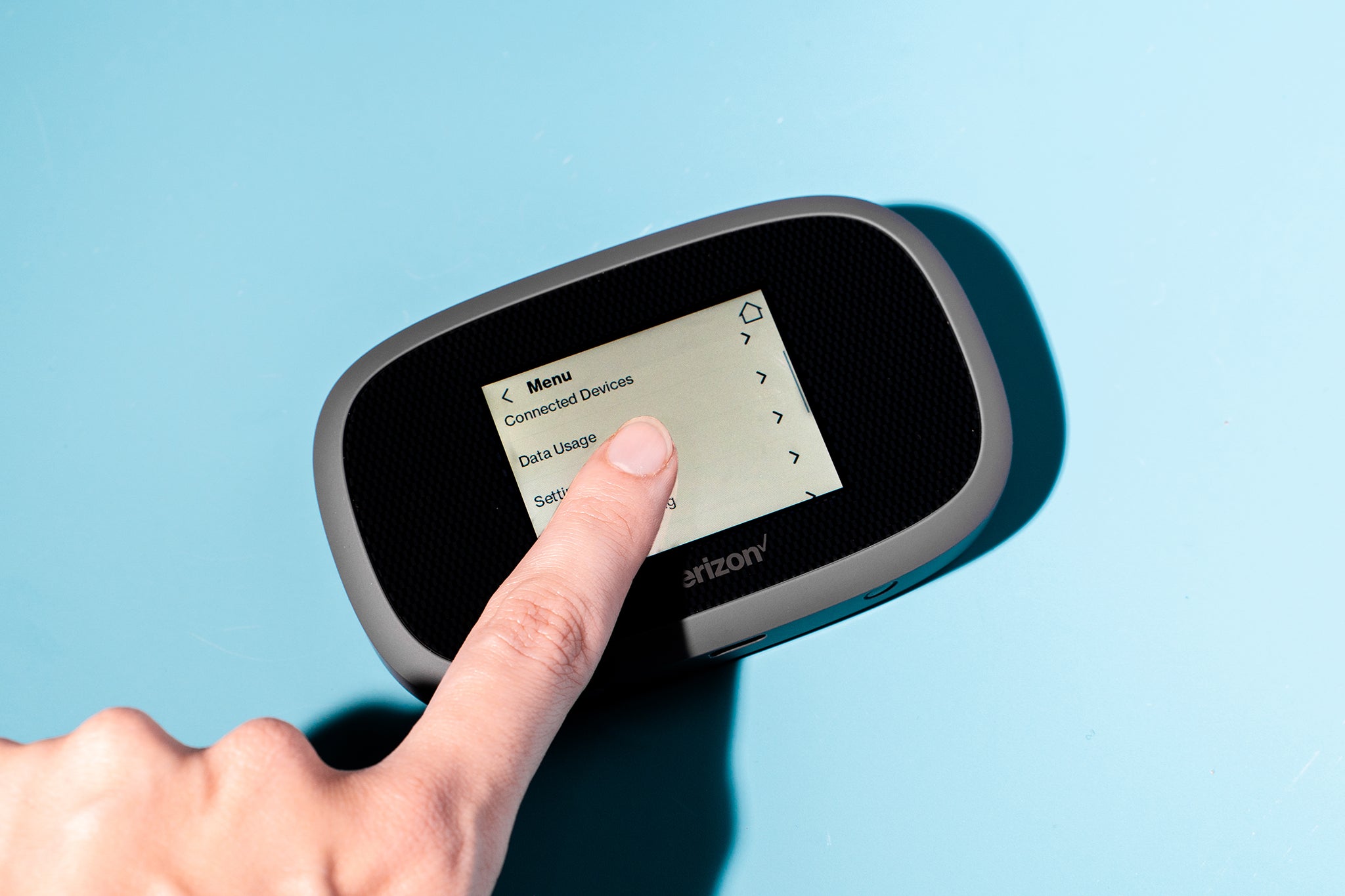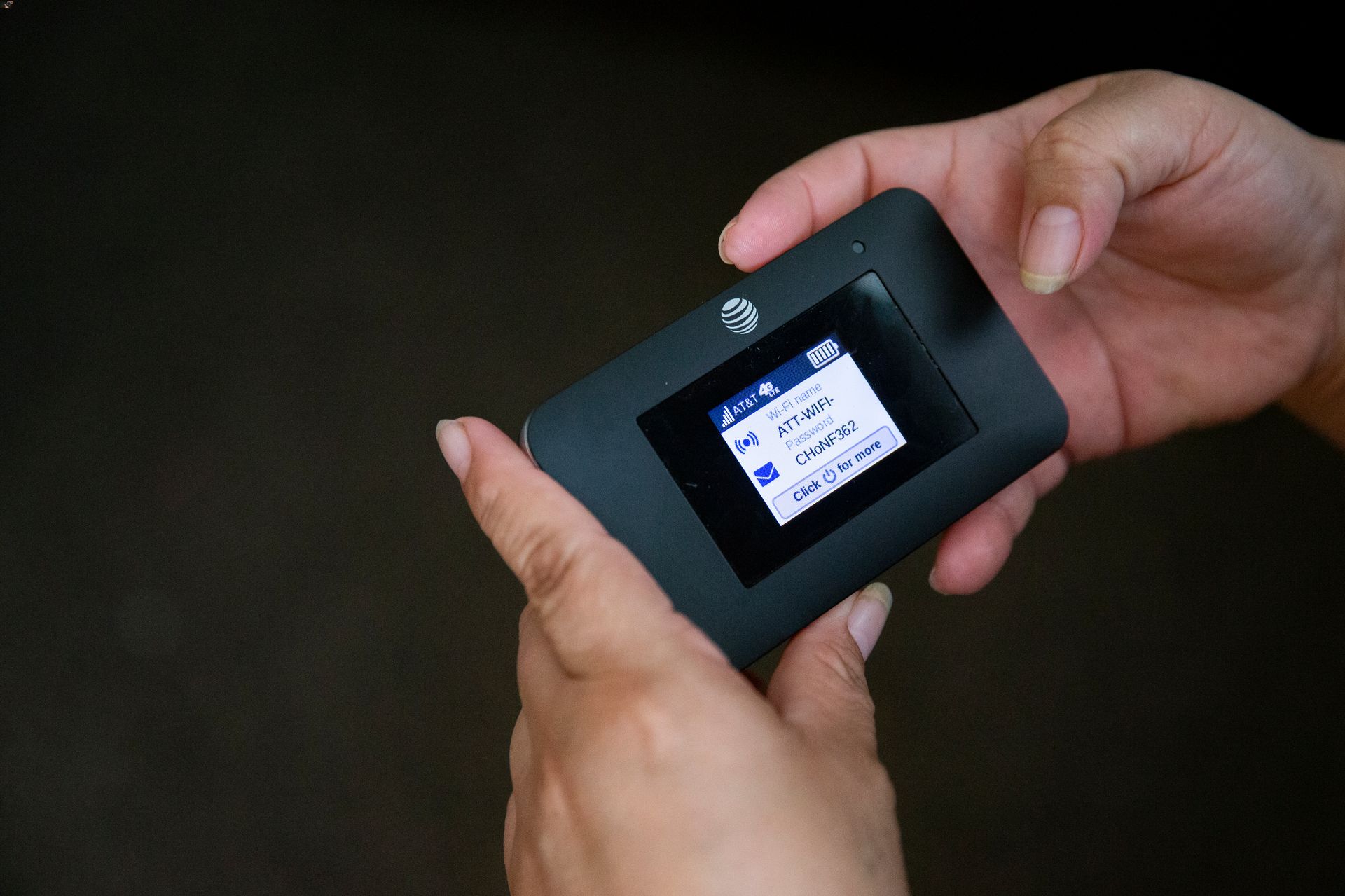Introduction
In today's hyper-connected world, staying online has become a necessity for many people. Whether it's for work, study, or leisure, having access to the internet is crucial. However, not everyone has a dedicated internet plan or access to a Wi-Fi network at all times. In such situations, the ability to create a personal hotspot can be a game-changer.
A personal hotspot allows you to share your smartphone's internet connection with other devices, such as laptops, tablets, or other smartphones. This feature essentially turns your phone into a portable Wi-Fi router, enabling you to connect to the internet from virtually anywhere, as long as you have cellular service.
The beauty of using a personal hotspot is that it provides flexibility and convenience. Whether you're on a road trip, at a café, or simply in a location where Wi-Fi isn't available, having the ability to create a hotspot can keep you connected and productive.
In this article, we'll explore various options for accessing the internet without a dedicated plan. From utilizing the mobile hotspot feature on your smartphone to exploring pay-as-you-go mobile hotspot devices and free Wi-Fi hotspots, we'll cover the diverse methods available for staying connected on the go. Additionally, we'll delve into the option of tethering your smartphone to create a hotspot, offering insights into the practicality and benefits of this approach.
By the end of this article, you'll have a comprehensive understanding of the different avenues for accessing the internet without a traditional plan, empowering you to make informed decisions based on your specific needs and preferences.
Let's embark on this journey to discover the myriad ways you can stay connected without being tied down to a conventional internet plan. Whether you're a digital nomad, a student on a budget, or simply someone seeking flexibility in their connectivity options, the following sections will provide valuable insights and practical tips for harnessing the power of hotspots.
Using Mobile Hotspot Feature on Your Smartphone
One of the most convenient and accessible ways to create a personal hotspot is by utilizing the built-in mobile hotspot feature on your smartphone. Whether you have an Android or iOS device, this functionality allows you to share your cellular data connection with other devices, effectively turning your smartphone into a portable Wi-Fi hotspot.
To activate the mobile hotspot feature on your smartphone, you can typically navigate to the settings menu and locate the "Hotspot" or "Tethering" option. Once enabled, your smartphone will broadcast a Wi-Fi network that other devices can connect to, providing them with internet access through your cellular data connection.
The ability to use your smartphone as a hotspot offers unparalleled convenience, especially when you need to get online with your laptop or tablet in a location where Wi-Fi isn't available. This feature is particularly useful for individuals who are constantly on the move, such as freelancers, remote workers, and digital nomads, as it ensures that they can maintain connectivity regardless of their physical location.
Moreover, the mobile hotspot feature provides flexibility in terms of the number of devices that can connect to it. Whether you're collaborating with colleagues on a project, sharing internet access with friends while traveling, or simply needing to connect multiple devices simultaneously, your smartphone can serve as a reliable and versatile hotspot.
It's important to note that using your smartphone as a hotspot consumes cellular data, so it's essential to be mindful of your data usage to avoid exceeding your plan's limits. Additionally, some mobile carriers may charge extra for hotspot functionality or impose limitations on the amount of data that can be used in this manner. Therefore, it's advisable to review your carrier's policies and consider any potential costs associated with using your smartphone as a hotspot.
In summary, the mobile hotspot feature on your smartphone empowers you to create a personal Wi-Fi network on the go, enabling seamless internet access for your other devices. Whether you're working remotely, traveling, or simply in a location without traditional Wi-Fi access, leveraging this feature can enhance your connectivity and productivity, making it a valuable tool for modern-day digital lifestyles.
Pay-As-You-Go Mobile Hotspot Devices
For individuals who require occasional or temporary internet access without the commitment of a long-term contract, pay-as-you-go mobile hotspot devices offer a flexible and convenient solution. These devices, also known as prepaid mobile hotspots, allow users to access the internet on a pay-per-usage basis, providing freedom and control over their connectivity expenses.
Pay-as-you-go mobile hotspot devices function similarly to traditional Wi-Fi routers, but with the added advantage of being portable and compatible with cellular networks. They come in the form of compact, battery-powered devices that create a Wi-Fi network, enabling multiple devices to connect and access the internet simultaneously.
One of the primary benefits of using a pay-as-you-go mobile hotspot device is the absence of long-term commitments or credit checks. Users can simply purchase the device and prepay for data usage based on their specific needs and usage patterns. This flexibility is particularly advantageous for individuals who may not require constant internet access or prefer not to be tied down by recurring monthly bills.
Furthermore, pay-as-you-go mobile hotspots are ideal for individuals who travel frequently or find themselves in locations where traditional Wi-Fi options are limited. Whether you're on a business trip, vacation, or outdoor adventure, having a reliable and portable internet connection can enhance your overall experience and productivity.
When considering a pay-as-you-go mobile hotspot device, it's essential to evaluate factors such as network coverage, data plans, and device compatibility. Different carriers offer varying data packages and network coverage, so it's crucial to choose a provider that aligns with your geographic location and data consumption habits.
Additionally, some pay-as-you-go mobile hotspot devices support the use of refillable data cards or online account management, allowing users to conveniently add data as needed without the constraints of a contract. This pay-as-you-go model empowers users to maintain control over their internet expenses and adjust their data usage based on their current requirements.
In summary, pay-as-you-go mobile hotspot devices offer a practical and cost-effective solution for accessing the internet without the commitments associated with traditional internet plans. Whether you're a frequent traveler, occasional internet user, or simply seeking flexibility in your connectivity options, these devices provide a versatile and on-demand approach to staying connected in a constantly evolving digital landscape.
Free Wi-Fi Hotspots
Free Wi-Fi hotspots serve as valuable resources for individuals seeking internet connectivity without the need for a dedicated data plan or the associated costs. These hotspots, often available in public spaces such as cafes, libraries, airports, and parks, offer a convenient means of accessing the internet on the go.
One of the primary advantages of free Wi-Fi hotspots is their accessibility. Many businesses and public institutions recognize the importance of providing complimentary Wi-Fi access to their patrons, recognizing the impact it has on customer satisfaction and overall convenience. This widespread availability means that individuals can leverage these hotspots to stay connected while engaging in various activities, whether it's enjoying a cup of coffee at a local cafe, waiting for a flight at the airport, or conducting research at a library.
Moreover, free Wi-Fi hotspots contribute to fostering a more connected and inclusive society. By eliminating barriers to internet access in public spaces, these hotspots enable individuals from diverse backgrounds to bridge the digital divide and participate in online activities, such as educational research, job searches, and communication with friends and family.
While free Wi-Fi hotspots offer undeniable benefits, it's important to exercise caution when connecting to these networks. Public Wi-Fi networks, by their nature, can pose security risks if not used judiciously. Users should be mindful of the potential for unauthorized access and data interception when utilizing free Wi-Fi hotspots, especially when engaging in sensitive activities such as online banking or transmitting personal information.
To mitigate these risks, individuals can employ security measures such as using virtual private networks (VPNs) to encrypt their internet traffic, ensuring that their online activities remain private and secure. Additionally, it's advisable to refrain from accessing sensitive or confidential information while connected to public Wi-Fi networks, opting for more secure connections when dealing with sensitive data.
In summary, free Wi-Fi hotspots offer a convenient and cost-effective means of accessing the internet in public spaces. By leveraging these hotspots, individuals can stay connected, engage in online activities, and benefit from the connectivity provided by businesses and public institutions. However, it's crucial to remain vigilant about security considerations and employ best practices to safeguard personal data and privacy while utilizing these networks.
Tethering Your Smartphone to Create a Hotspot
Tethering your smartphone to create a hotspot is a versatile and convenient method for accessing the internet without a traditional plan. This approach allows you to utilize your smartphone's cellular data connection to create a personal Wi-Fi hotspot, enabling other devices to connect and access the internet seamlessly.
To initiate tethering, you can typically navigate to the settings menu on your smartphone and locate the "Hotspot" or "Tethering" option. Upon activation, your smartphone will broadcast a Wi-Fi network, allowing other devices, such as laptops, tablets, or other smartphones, to connect and utilize your cellular data connection for internet access.
One of the key benefits of tethering your smartphone is the flexibility it provides in various scenarios. Whether you're on the go, at a location with limited Wi-Fi access, or simply need to connect multiple devices, tethering offers a practical solution for staying connected. This flexibility makes it particularly valuable for individuals who require internet access for work, study, or leisure activities.
Moreover, tethering your smartphone eliminates the need for additional hardware or devices, as it leverages the existing capabilities of your smartphone. This streamlined approach reduces the need to carry extra equipment, making it a convenient and space-efficient solution for accessing the internet on the go.
When considering tethering as a hotspot option, it's important to be mindful of your smartphone's data plan and any associated costs or limitations. Tethering consumes cellular data, and exceeding your plan's data limits may result in additional charges or reduced speeds. Therefore, it's advisable to monitor your data usage and ensure that tethering aligns with your plan's allowances.
Additionally, some mobile carriers may impose restrictions on tethering, such as limiting the number of devices that can connect simultaneously or applying specific terms and conditions to its usage. Understanding your carrier's policies regarding tethering can help you make informed decisions and avoid any potential limitations or penalties.
In summary, tethering your smartphone to create a hotspot offers a practical and accessible method for accessing the internet without a dedicated plan. Whether you're traveling, working remotely, or simply in need of internet connectivity, leveraging your smartphone's tethering capabilities can enhance your productivity and keep you connected in diverse environments.
Conclusion
In a world where connectivity plays a pivotal role in our daily lives, the ability to access the internet without a traditional plan has become increasingly important. The options for creating personal hotspots and accessing Wi-Fi networks without being tied to a long-term contract offer unparalleled flexibility and convenience. Whether you're a digital nomad, a student on a budget, or someone seeking versatile connectivity options, the diverse methods explored in this article present valuable solutions for staying connected on the go.
The mobile hotspot feature on smartphones stands out as a readily available and versatile tool for creating personal Wi-Fi networks. By leveraging this feature, individuals can share their cellular data connection with other devices, ensuring seamless internet access in a variety of settings. Whether it's for remote work, travel, or leisure, the mobile hotspot feature empowers users to maintain productivity and connectivity without the constraints of traditional Wi-Fi networks.
For those seeking a pay-as-you-go approach, mobile hotspot devices offer a compelling solution. These portable devices, which operate on prepaid data usage models, provide the freedom to access the internet on a per-usage basis without the obligations of long-term contracts. This flexibility makes them an ideal choice for individuals who require occasional or temporary internet access and prefer to manage their connectivity expenses on their terms.
The availability of free Wi-Fi hotspots in public spaces further enhances the accessibility of internet connectivity. Whether it's in cafes, libraries, airports, or other communal areas, free Wi-Fi hotspots enable individuals to stay connected without the need for a dedicated plan. While these hotspots offer convenience, it's essential for users to prioritize security measures to safeguard their data and privacy when accessing public networks.
Tethering smartphones to create hotspots represents a practical and space-efficient method for accessing the internet. This approach leverages the existing capabilities of smartphones, eliminating the need for additional hardware and offering flexibility in diverse scenarios. However, users should be mindful of their data plans and any associated limitations or costs when utilizing tethering as a hotspot option.
In conclusion, the options for accessing the internet without a traditional plan cater to a wide range of connectivity needs and preferences. Whether it's through smartphone hotspots, pay-as-you-go devices, free Wi-Fi hotspots, or smartphone tethering, individuals have the means to stay connected, productive, and engaged in an increasingly digital world. By understanding and leveraging these diverse methods, individuals can embrace the freedom and flexibility of modern connectivity without being bound by conventional internet plans.







